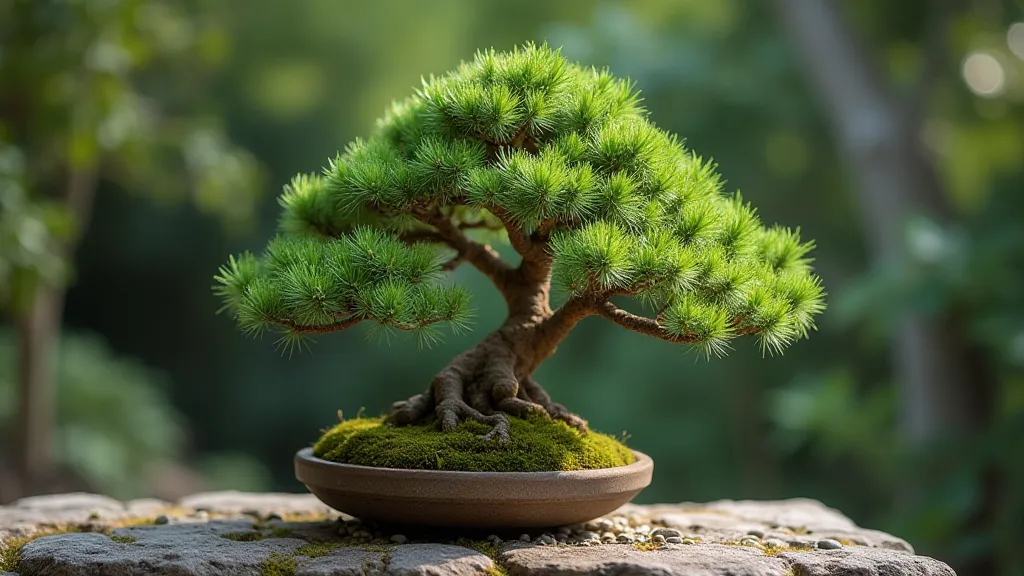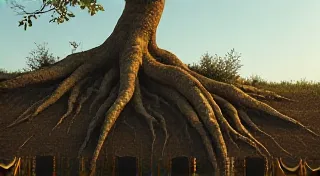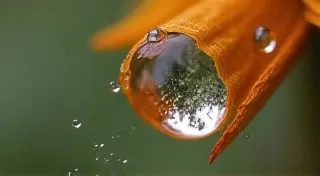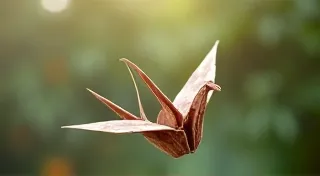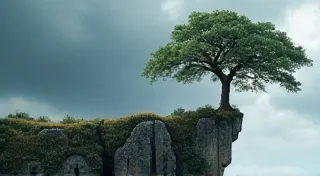The Silhouette of Thought: Juniper Styling & Intentional Narrative
There's a peculiar resonance I find between antique accordions and juniper bonsai. Both are testaments to human ingenuity, vessels of emotion, and often, carry within them a silent story. An old accordion, its bellows cracked and its keys yellowed, speaks of dances long past, of laughter and tears echoing through generations. Similarly, a juniper bonsai, its branches meticulously shaped and its trunk twisted by years of patient guidance, embodies a narrative far deeper than its size might suggest.
My grandfather, a man of few words but immense passion, owned an accordion. It wasn’t a pristine concert instrument; it bore the marks of countless gatherings, of joyful celebrations and quiet evenings. I remember, as a child, being captivated by the way he’s fingers danced across the keys, coaxing forth melodies that seemed to carry the weight of memory. He rarely spoke about its history, but the instrument itself communicated volumes. It felt like holding a piece of his soul in my hands. This feeling – this understanding that an inanimate object can tell a story – is precisely what I strive to capture in my juniper bonsai styling.
Juniper as Narrative Canvas
Juniper, more than many other bonsai species, lends itself remarkably well to storytelling. Its naturally windswept appearance, its resilience to harsh conditions, and the striking textures of its foliage all contribute to a sense of enduring strength and quiet dignity. Unlike maples, which often evoke gentle serenity, or pines, which suggest soaring grandeur, juniper whispers tales of perseverance. It’s a species that thrives where others struggle, a silent observer of changing landscapes and relentless seasons. And that story, that quiet strength, is what we, as stylists, attempt to amplify and interpret.
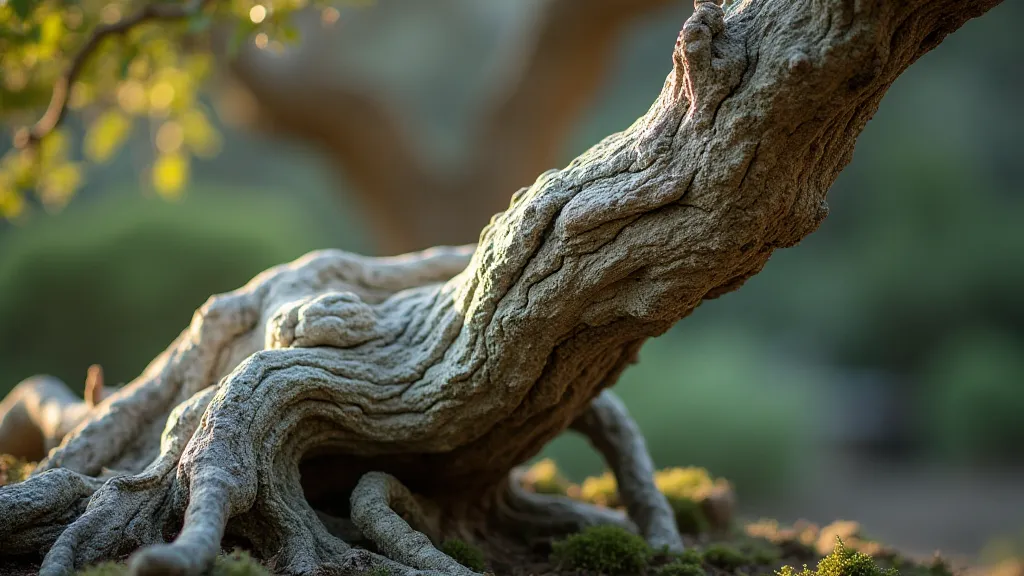
The Language of Branches: Wiring and Pruning
The techniques of wiring and pruning are not merely horticultural practices; they are the vocabulary of the stylist. Each wire placement, each carefully considered clip, contributes to the overall narrative. A sharply angled branch might suggest a dramatic struggle against the elements, a low-slung branch could indicate a constant battle against gravity. It's about more than just aesthetics; it’s about conveying a sense of the tree’s journey, its history, its character. Consider the way a traditional Japanese scroll artist carefully arranges brushstrokes – the same principle applies here. Every element must be purposeful, contributing to a unified vision.
For instance, when working with a younger juniper, the wiring phase is crucial. This is where the foundational narrative is established. I often envision the final shape – a windswept cliffside juniper, for example – and then work backward, gently coaxing the branches into position. It’s a slow, deliberate process, requiring patience and a keen eye for detail. It’s not about forcing the tree into submission, but about collaborating with it, guiding its natural tendencies. Over-wiring, rushing the process, these are the hallmarks of a stylist who lacks understanding, who fails to hear the tree’s silent counsel.
Rooted in History: Juniper Varieties and Their Stories
Even the choice of juniper variety can subtly shape the narrative. Juniperus procumbens ‘Nana’, with its cascading branches, might evoke the image of a juniper clinging to a rocky outcrop, defying the force of the sea. A Juniperus chinensis 'Sargentii', with its distinctive blue-green foliage, might suggest a tree that has thrived in a harsh, high-altitude environment. Understanding the natural habitat and characteristics of each variety is essential for creating a believable and compelling story.
I've always been drawn to older, less common varieties. The research involved in uncovering their history and origin is a deeply satisfying endeavor, adding another layer of depth to the creative process. Imagine discovering that your juniper’s lineage can be traced back to a specific mountain range, to a particular grove of trees that have weathered centuries of storms – that knowledge infuses the styling with a profound sense of connection and respect.
The Specter of Decline: Juniper Diseases and Their Impact on Narrative
The realities of bonsai cultivation also provide opportunities to enrich the narrative. A branch scarred by disease, a trunk marked by a past infestation – these imperfections, rather than detracting from the tree’s beauty, can actually add to its story. A subtle discoloration, a slight asymmetry – these elements suggest resilience, a testament to the tree’s ability to overcome adversity. In fact, a perfectly uniform and flawless juniper might lack the emotional depth that comes from bearing the marks of experience.
Dealing with common juniper bonsai diseases, like fungal infections or the dreaded red spider mite, is another opportunity to show this resilience. Watching a tree recover from infestation, witnessing the slow process of healing – these are powerful moments that deepen the connection between stylist and tree. It's akin to an accordion player meticulously restoring an instrument, piecing together its history, acknowledging its past imperfections while celebrating its enduring beauty.
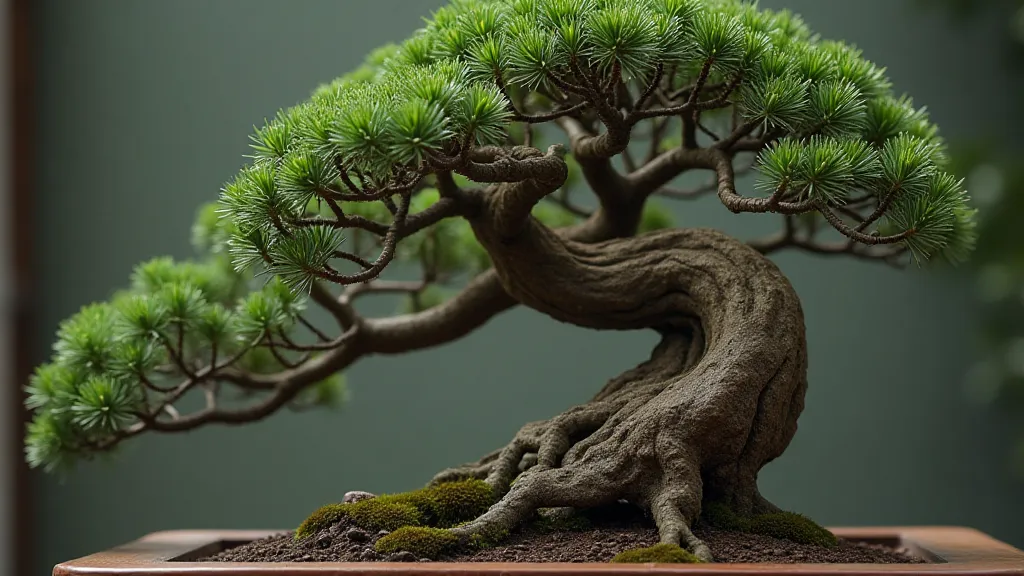
Winter's Embrace: Preserving the Story Through Protection
Winter protection, often considered a purely practical necessity, can also be integrated into the narrative. A carefully constructed protective shelter, mimicking a natural cave or grotto, can suggest a refuge from the harsh elements, a place of quiet contemplation. The act of preparing the tree for winter becomes a symbolic gesture, a promise of renewal and resilience.
Beyond the Technique: The Intentional Narrative
Ultimately, juniper bonsai styling is about more than just technical skill. It’s about conveying a feeling, an emotion, a sense of connection to the natural world. It’s about creating a miniature landscape that resonates with the viewer, that evokes a sense of wonder and appreciation for the enduring power of nature. It's about crafting a story that speaks to the soul. As with an antique accordion, meticulously restored and played with passion, a well-styled juniper bonsai becomes a living testament to the beauty of resilience, the power of perseverance, and the enduring magic of intentional narrative.
The best stylists don't just shape the tree; they listen to it. They understand that the true story lies not in the final form, but in the journey of creation, in the interplay between human intention and natural grace. And in that shared story, we find a profound and enduring beauty.
